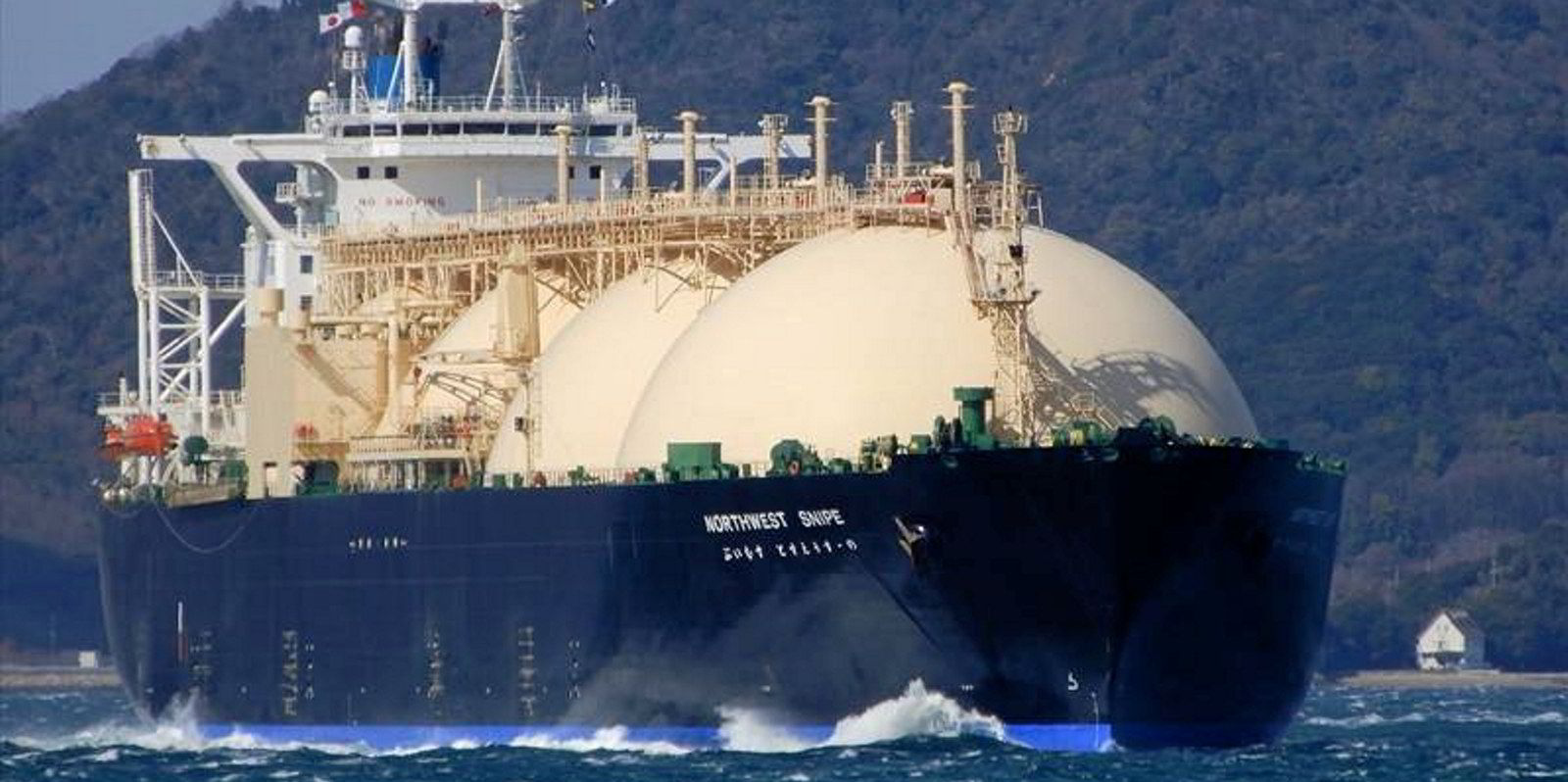Recently agreed decarbonisation measures from the International Maritime Organisation (IMO) have been widely criticised for not going far enough.
But, despite the impression of an easy-going regulation, figures from French classification society Bureau Veritas (BV) show more than half the world's dry bulk fleet could fall outside minimum operational efficiency standards by 2026 unless action is taken.
The newly agreed carbon intensity index (CII) requires a 1% annual improvement in carbon intensity between 2019 and 2022 and a 2% annual improvement between 2023, when the regulation enters into force, and 2026.
The CII rates ships A to E based on their operational efficiency, with those ships rated D and E falling outsider the minimum required standard.
BV has run the numbers on the impact of the CII on the world fleet.
BV’s figures show that in 2019 around 20% of the world bulker fleet was rated D and 15% rated E. It estimates that if no further improvements are made to ship efficiency, in a business-as-usual scenario, the number of D and E rated bulkers would increase by another 12% by 2023.
D and E rated ships would increase by a further 28%, compared to 2019, by 2026. Unless owners take action by 2026 around 27% of the bulker fleet would be rated D and 37% could be rated as in the lowest E rated group.
There is a similar outlook for the tanker fleet. But the prognosis is most severe for the containership fleet with nearly 60% of the fleet rated E by 2026 if no action is taken under the business-as-usual scenario.
Higher than expected
Some ships may also face higher speed reductions than expected under the upcoming Energy Efficiency Existing Ship Index (EEXI) regulation following a revision of guidelines.
The EEXI sets a minimum technical efficiency standard for existing ships. Ships which cannot attain the minimum technical efficiency standard will likely have to undertake engine power limitation (EPL).
Regulators have now changed the calculation for engine power for those ships which will adopt EPL. At a recent IMO meeting it was agreed that engine power should be calculated at 83% of the limited maximum continuous rating (MCR) rather than the initial proposal for 75%.
BV has calculated the impact on the existing fleet and found for many ships it will mean slower speeds.
For a 176,300-dwt capesize bulk carrier built in 2004 the required EPL will increase from 25% to 32% and the maximum speed reduce from 14.8 knots to 14.4 knots. For a 56,500-dwt 2011-built bulker the maximum speed would reduce to 12.3 knots to 11.9 knots.
BV technology and innovation manager Vassilios Dimoulas for Greece, Cyprus and Malta said there would be similar results for tankers and containerships adopting EPL, although there would be no affect on LNG carriers.
He pointed out nothing changes for vessels that do not require EPL. “Vessels that need power limitation will see that it will be higher compared with the previous definition. A quick estimation of the increases is possible, but we expect an increase in the range of 7% to 9% in general.”
He added: “For cases of a small EPL it is still possible it will have no effect on the available operational speed. However, in most cases, the new limited MCR will result in the reduction of the available speed.”






